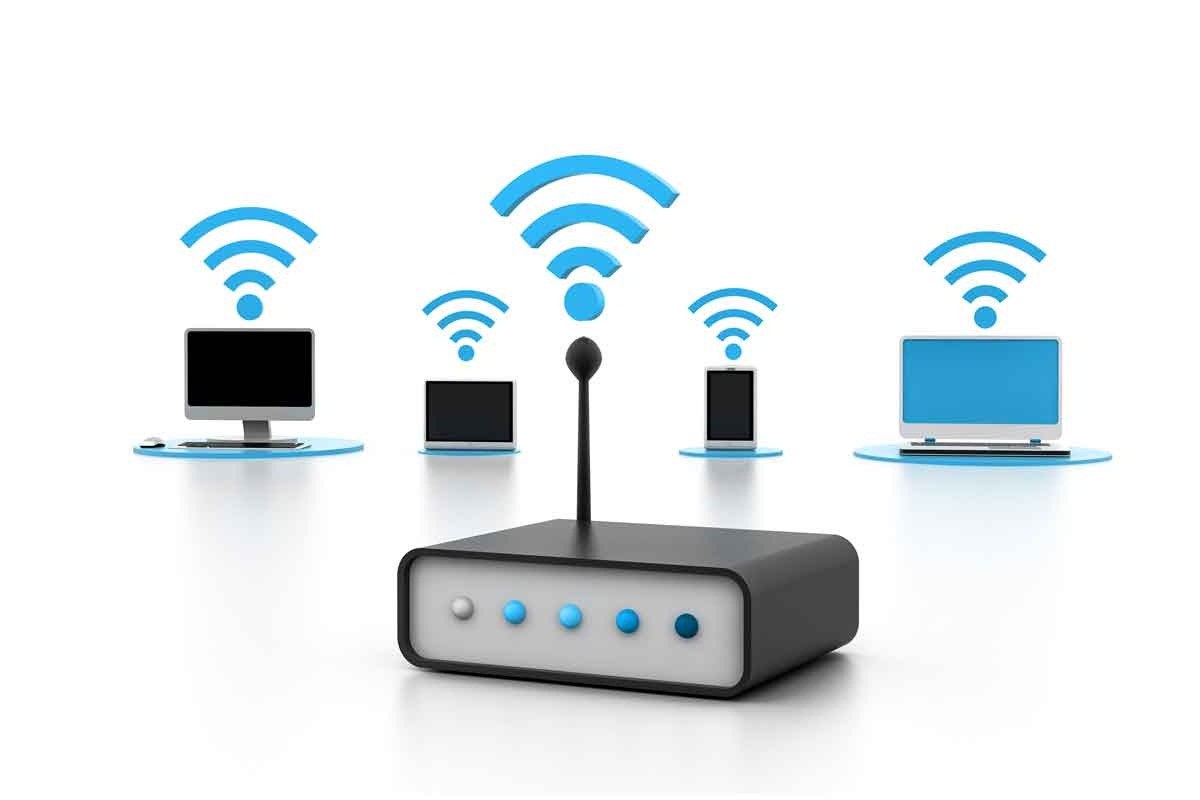Technology
Revolutionizing Connectivity: The Evolution of Cable Technology
Discover the remarkable journey of cable technology, from the early days of coaxial cables to the groundbreaking world of fiber optics and beyond. This article explores how cables have silently underpinned our digital lives, enabling lightning-fast internet, seamless video streaming, and global communication. Dive into the past, present, and promising innovations on the horizon, as we unveil the unsung heroes shaping the interconnected world of tomorrow.
Contents
114
In the fast-paced world of technology, innovations continue to shape the way we connect, communicate, and interact. One often overlooked yet integral aspect of our digital infrastructure is cable technology. From the early days of coaxial cables to the high-speed fiber optics of today, cables have played a pivotal role in enabling the seamless transfer of data, information, and entertainment across the globe. This article delves into the evolution of cable technology, highlighting its impact on modern society and exploring the latest advancements that are changing the way we stay connected.
The Coaxial Cable Era: Laying the Foundation

Before the era of high-speed internet, the coaxial cable was the unsung hero of connectivity. Coaxial cables, first developed in the 19th century, formed the backbone of cable television networks, delivering a wide range of programming to homes across the nation. These cables consisted of a central conductor surrounded by layers of insulation and shielding. While coaxial cables were a significant leap forward in their time, their limitations in terms of bandwidth and data transfer speeds paved the way for more advanced alternatives.
Enter Fiber Optics: The Speed Revolution

The introduction of fiber optic cables marked a monumental leap in cable technology. Fiber optics employ the principles of total internal reflection, transmitting data through pulses of light that bounce off the inner walls of a glass or plastic core. This breakthrough technology allows for data transfer at speeds approaching the speed of light, enabling the swift exchange of vast amounts of information.
The benefits of fiber optics are numerous. They offer greater bandwidth, reduced signal loss over longer distances, and immunity to electromagnetic interference – factors that have collectively propelled the growth of high-speed internet, online streaming, and cloud computing. Fiber optic cables have played a pivotal role in transforming the digital landscape, enabling everything from seamless video conferencing to instantaneous global communication.
The Quest for Wireless Connectivity

While physical cables have dominated the realm of connectivity, the 21st century has witnessed the rise of wireless technologies that aim to reduce our dependence on traditional cables. Wi-Fi, Bluetooth, and other wireless protocols have provided convenience and flexibility, allowing devices to communicate without the need for physical connections.
However, even in the wireless age, cables maintain their significance. The deployment of 5G networks, for instance, relies heavily on a robust physical infrastructure comprising fiber optic and other high-capacity cables. These cables form the backbone that supports the wireless connectivity we've come to rely on.
Innovations on the Horizon
Looking ahead, ongoing research and development continue to drive the evolution of cable technology. Engineers and scientists are exploring new materials and designs that could enhance data transfer rates, decrease latency, and improve overall performance. One intriguing avenue of exploration is the use of hollow-core photonic crystal fibers, which could potentially enable even faster data transmission through novel light-guiding mechanisms.
Additionally, efforts are being made to make cables more environmentally friendly. As sustainability becomes a central concern, researchers are investigating ways to create cables that use fewer resources during manufacturing, are more energy-efficient, and can be recycled more effectively.
Conclusion
Cable technology has come a long way since the inception of coaxial cables. From their humble beginnings to the advent of fiber optics, cables have played a pivotal role in shaping the digital landscape we navigate today. As we continue to push the boundaries of connectivity, the evolution of cable technology remains a crucial aspect of our technological advancement. Whether through the lightning-fast speeds of fiber optics or the intricate dance of wireless communication, cables remain the unsung enablers of our interconnected world.

"Computers are useless. They can only give you answers."
Pablo Picasso
© 2024 Kerelka. All rights reserved.


